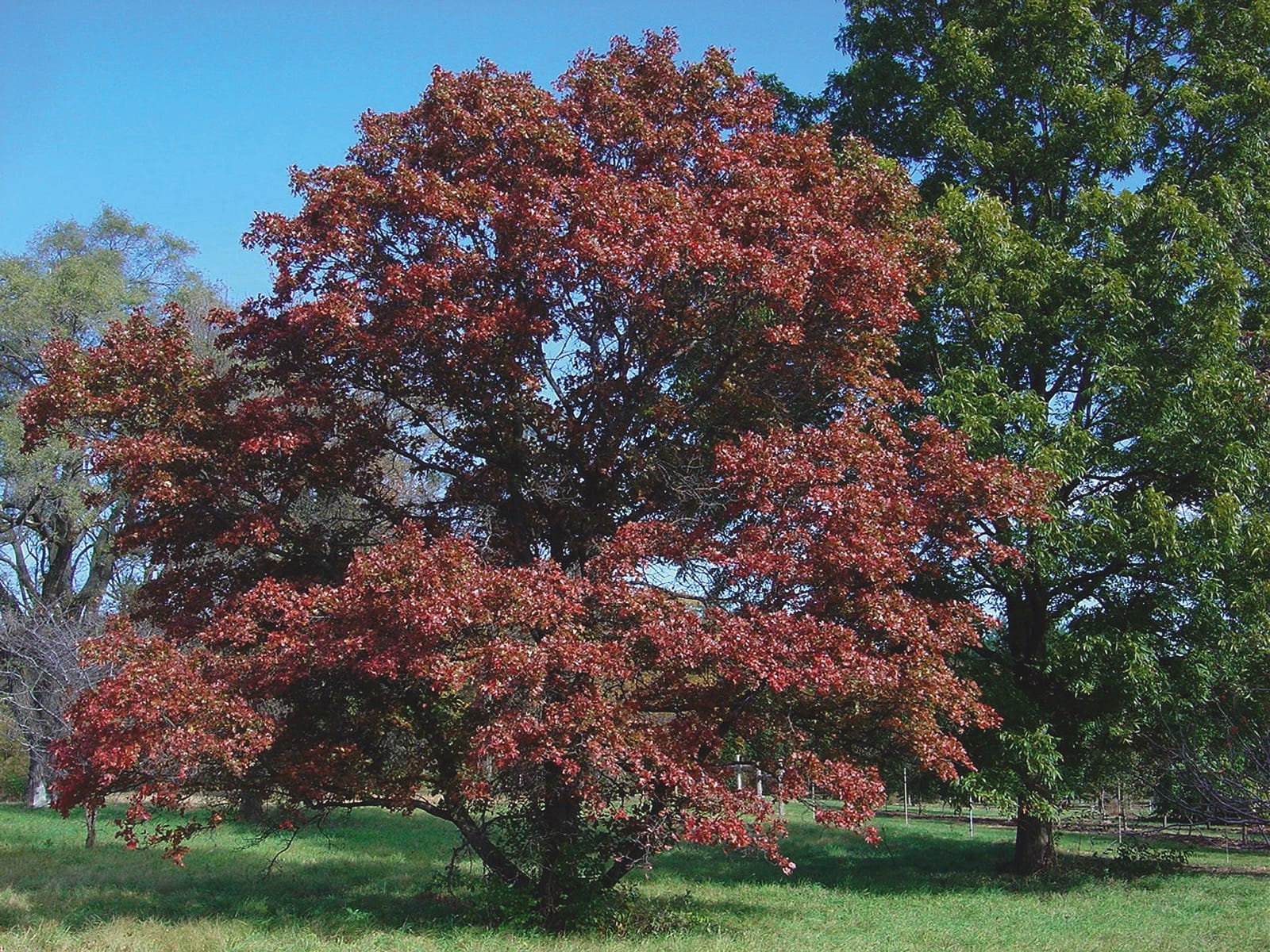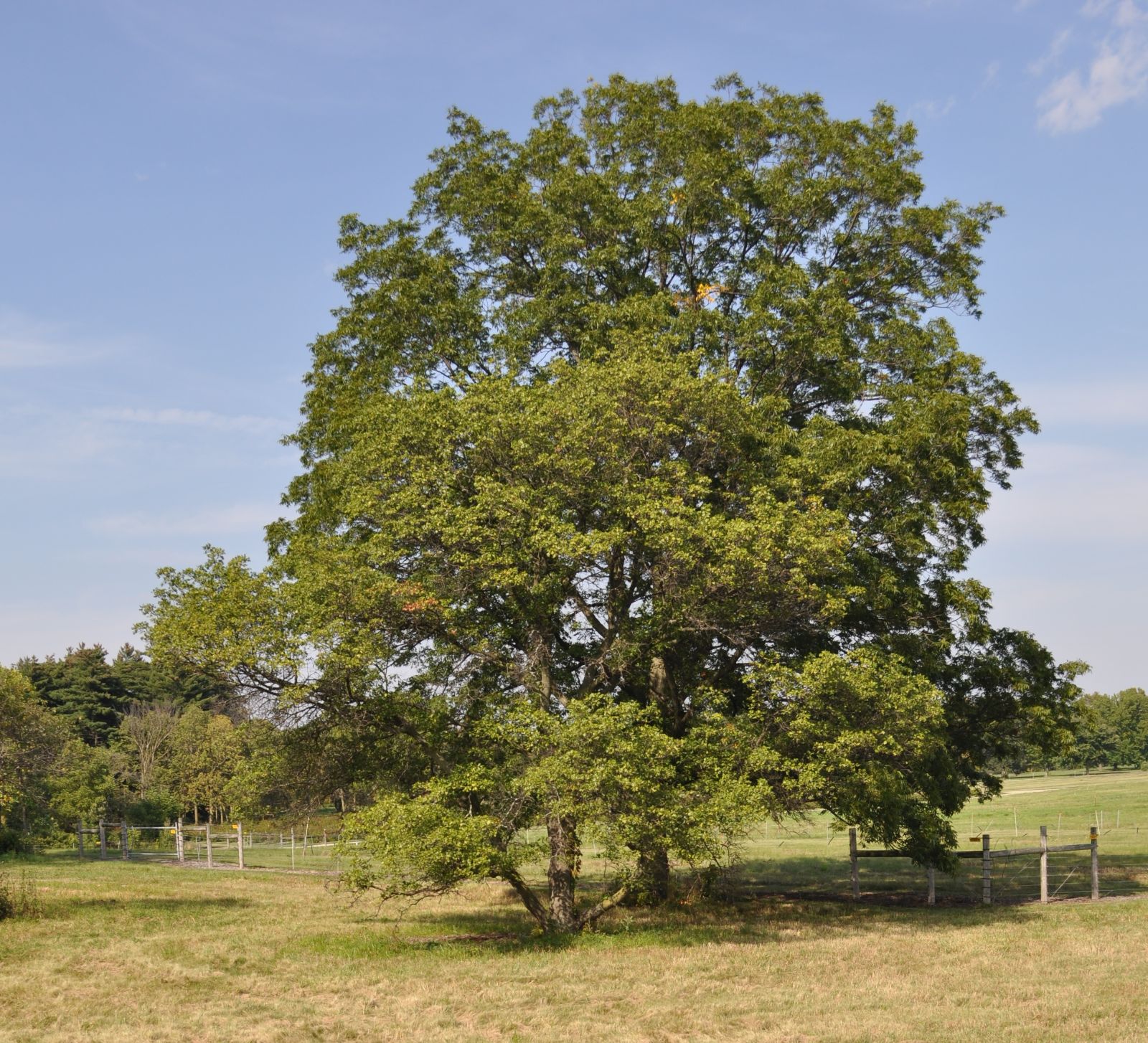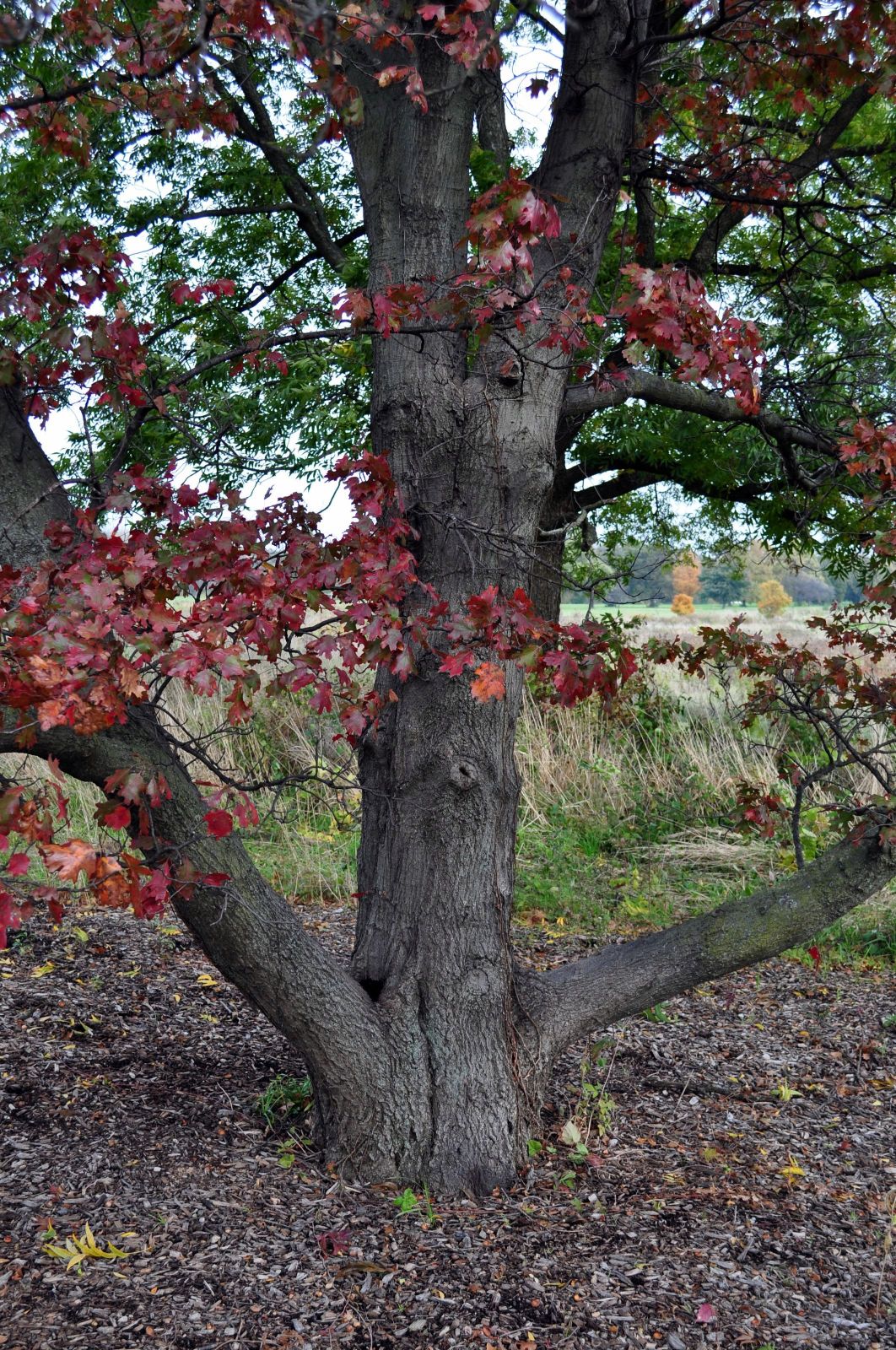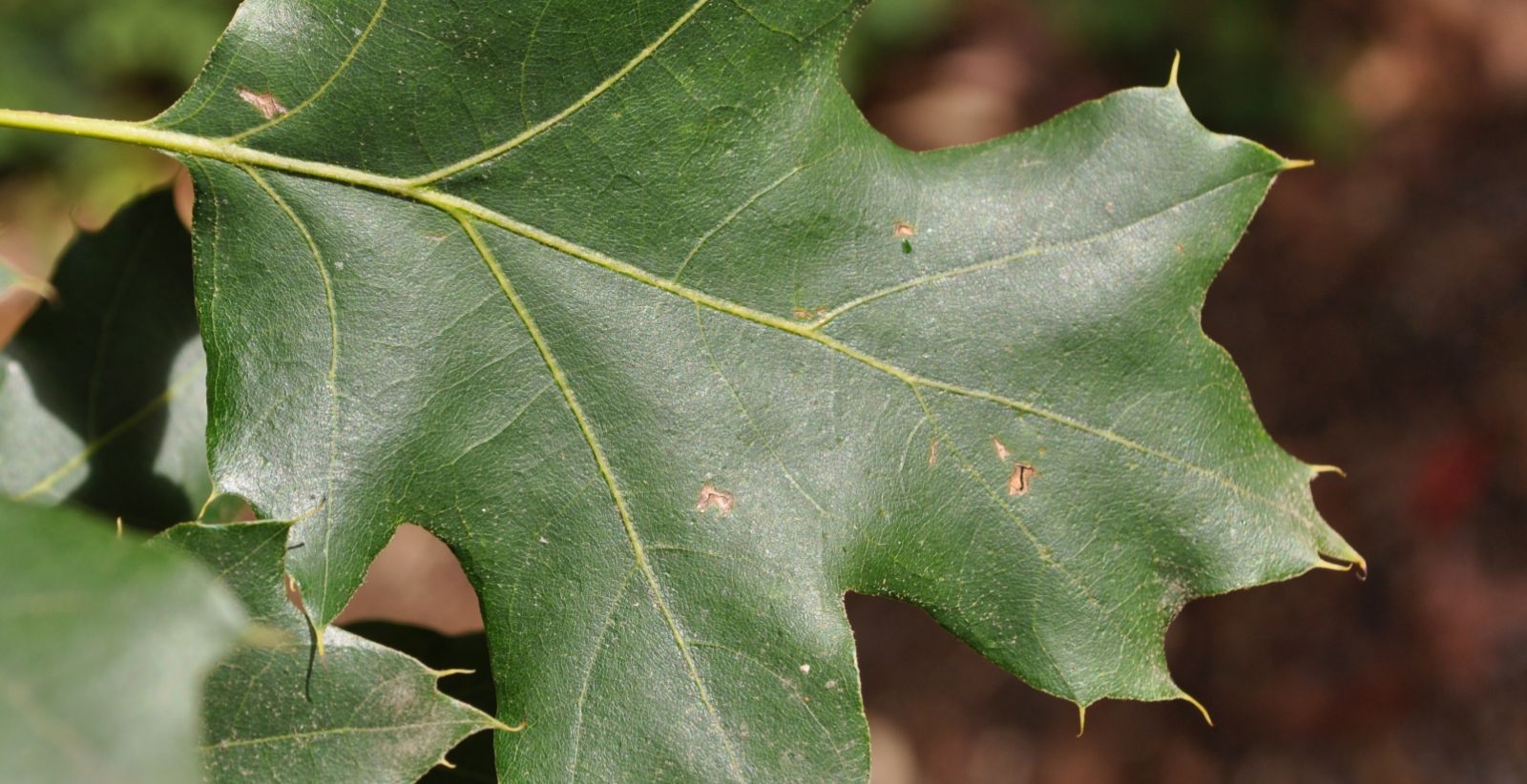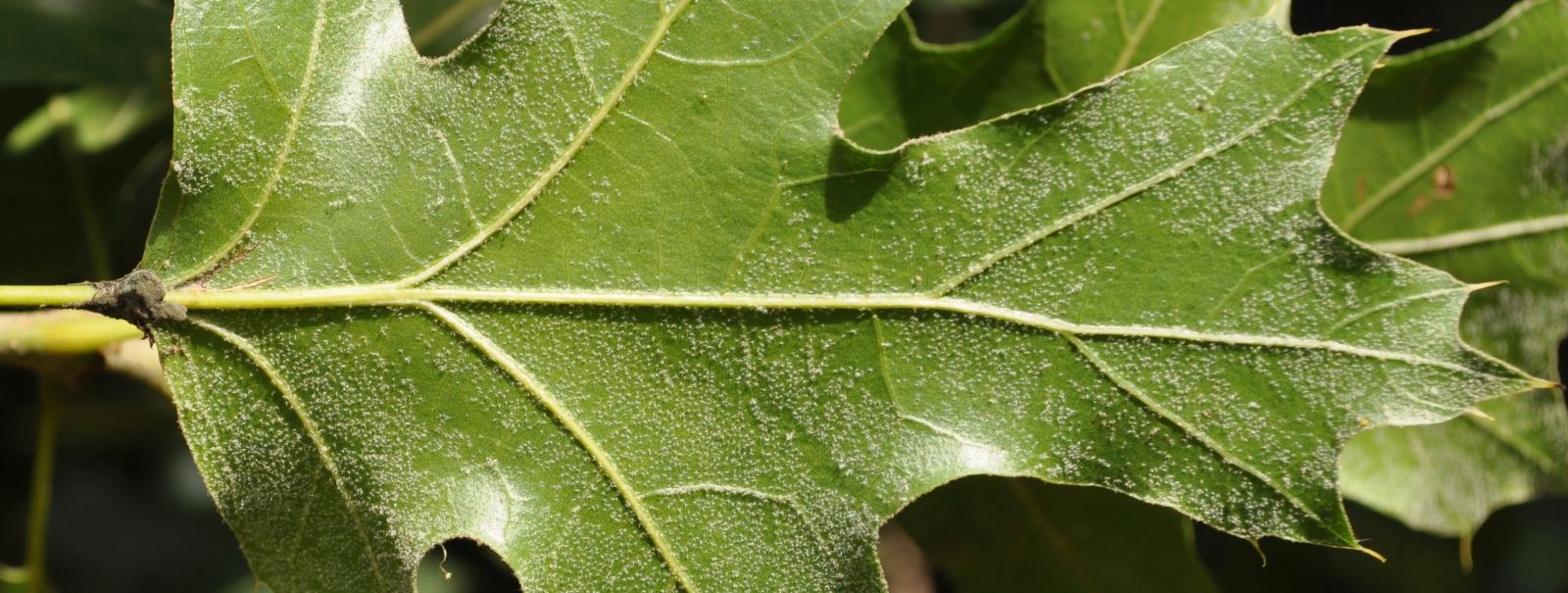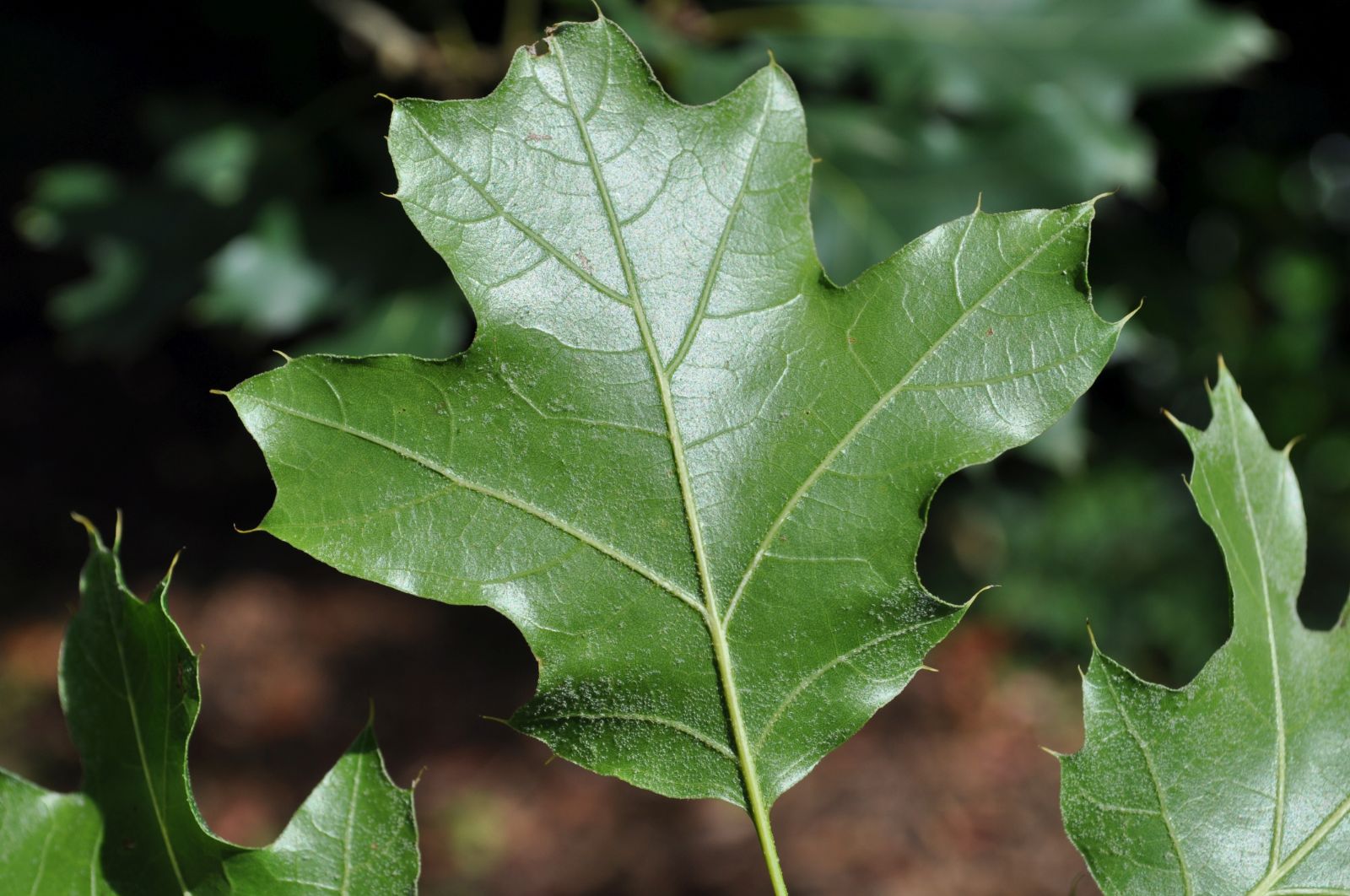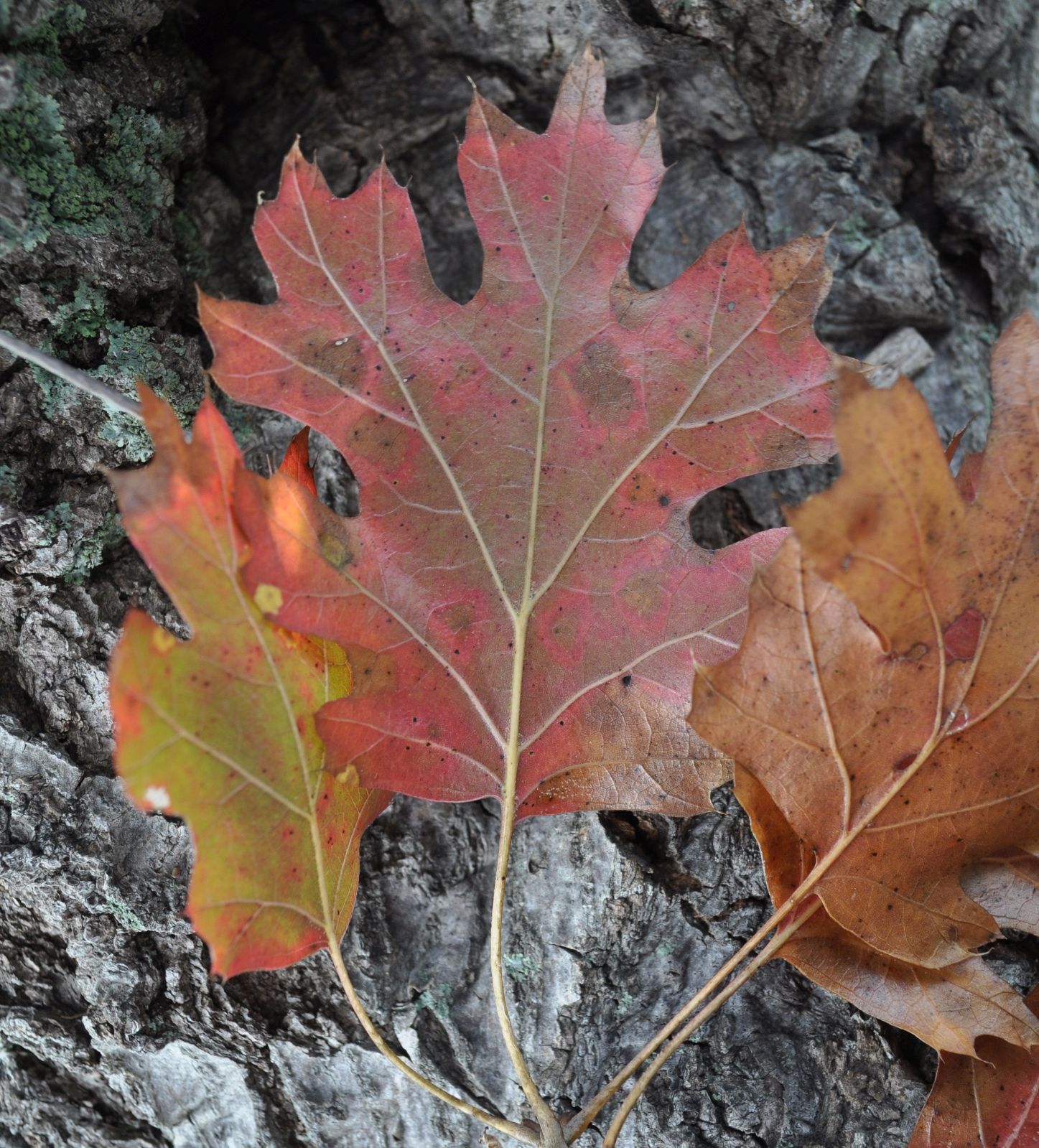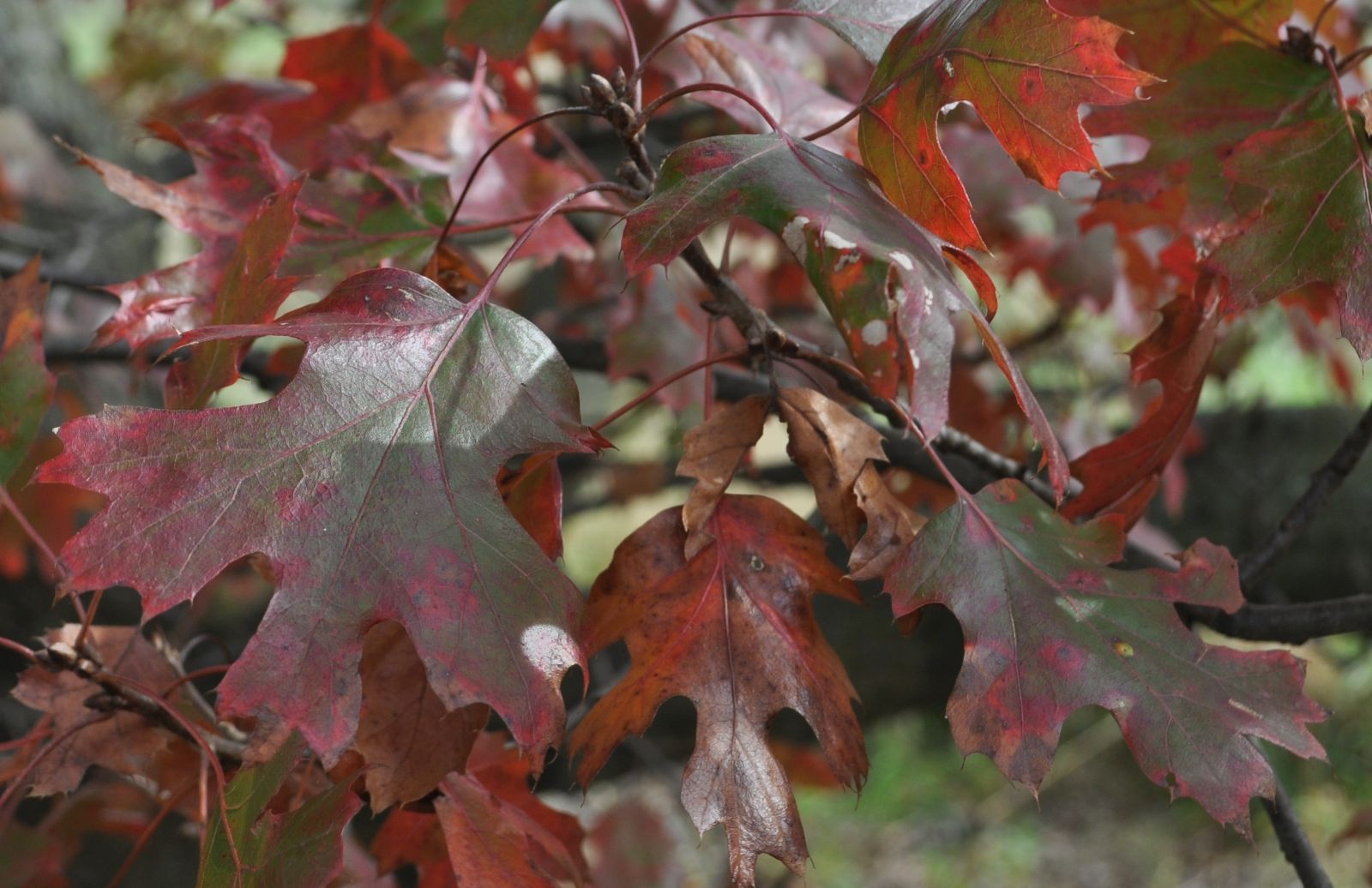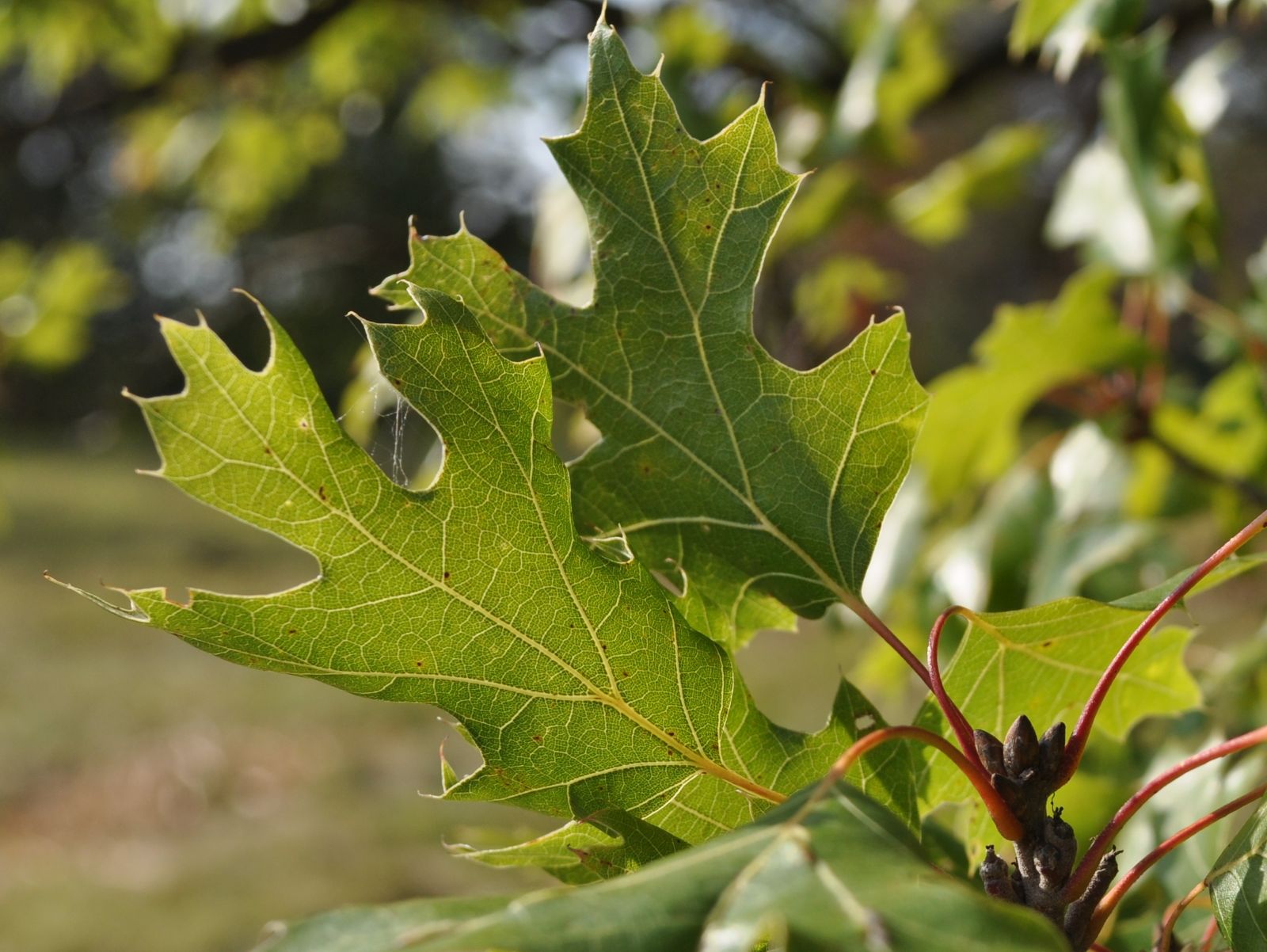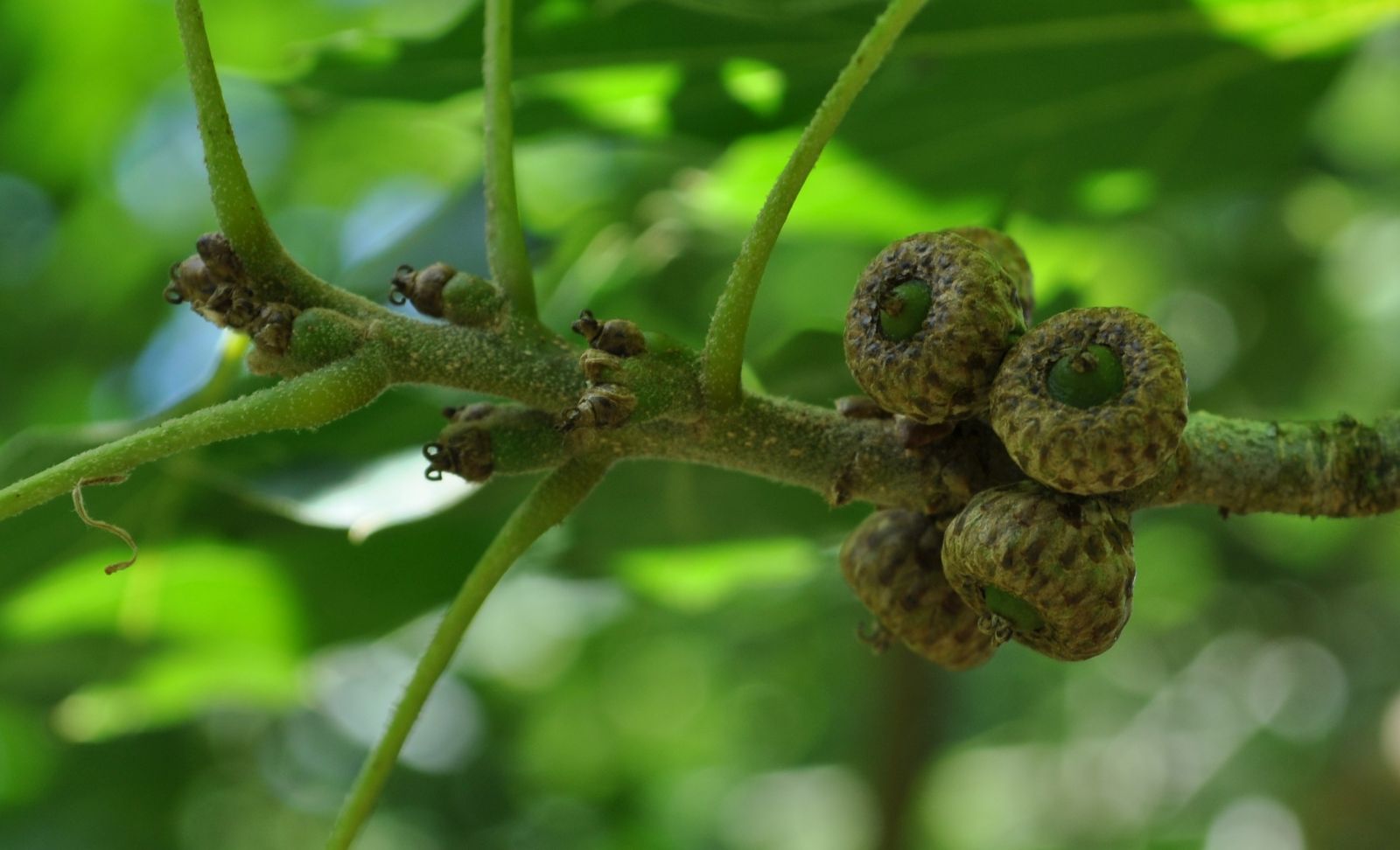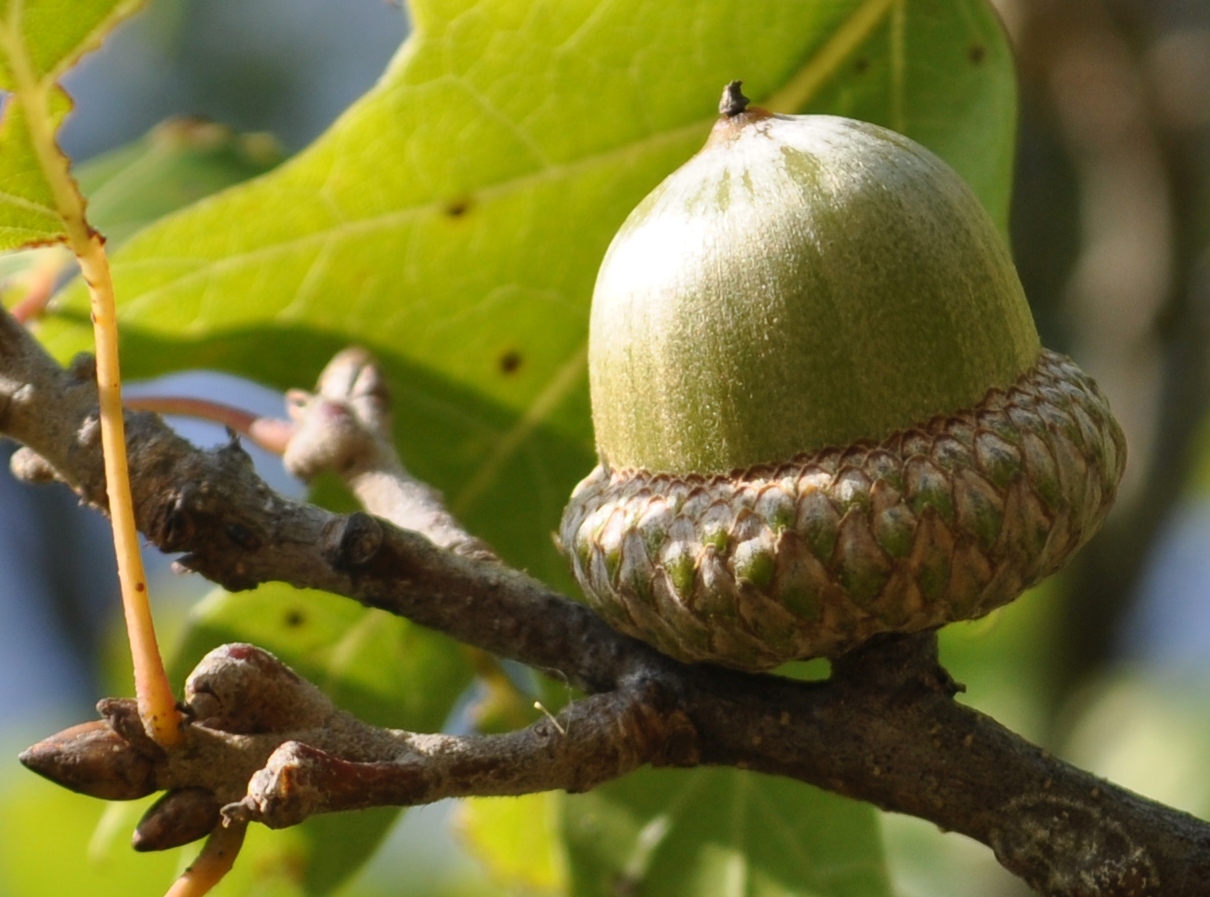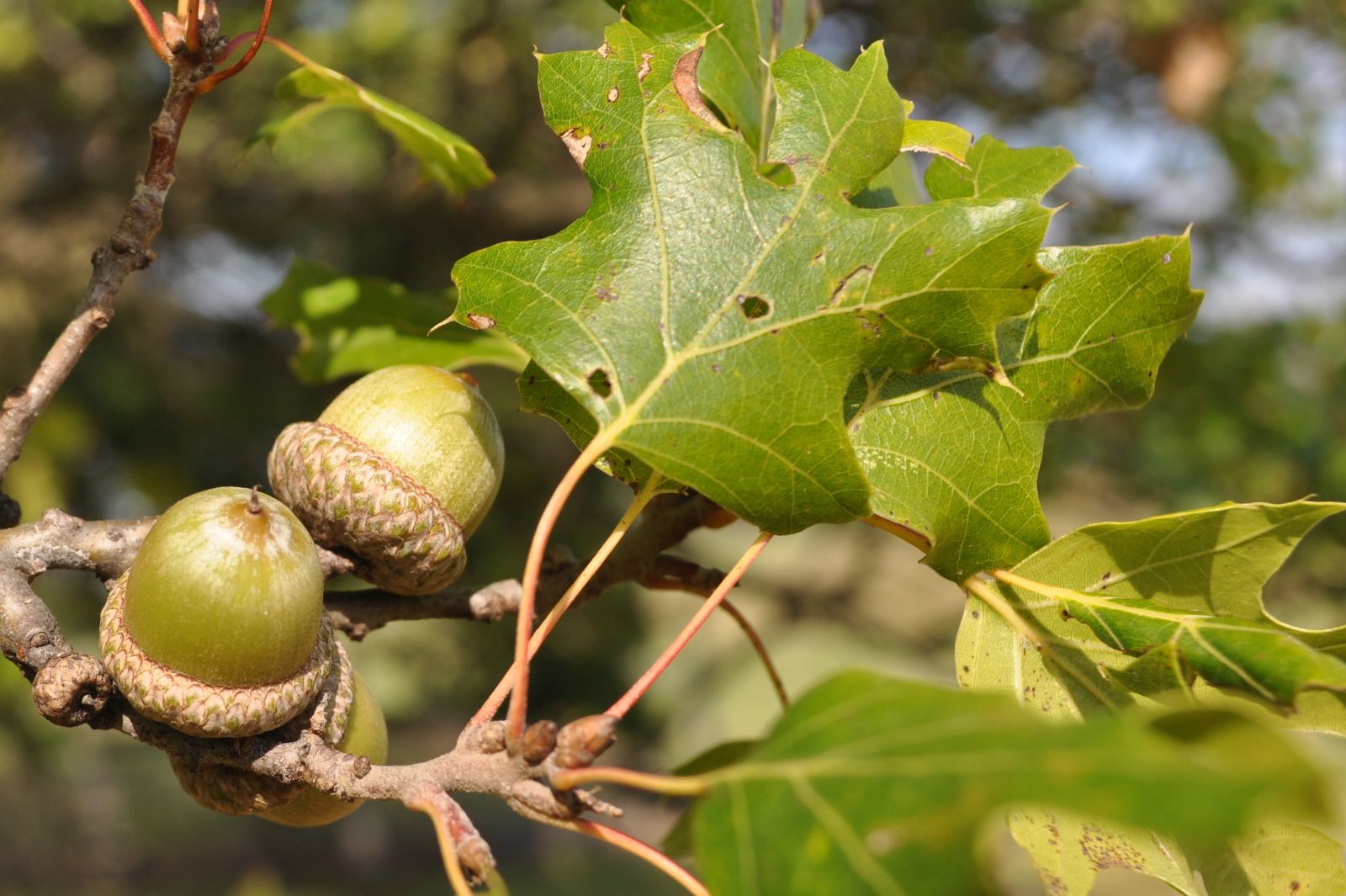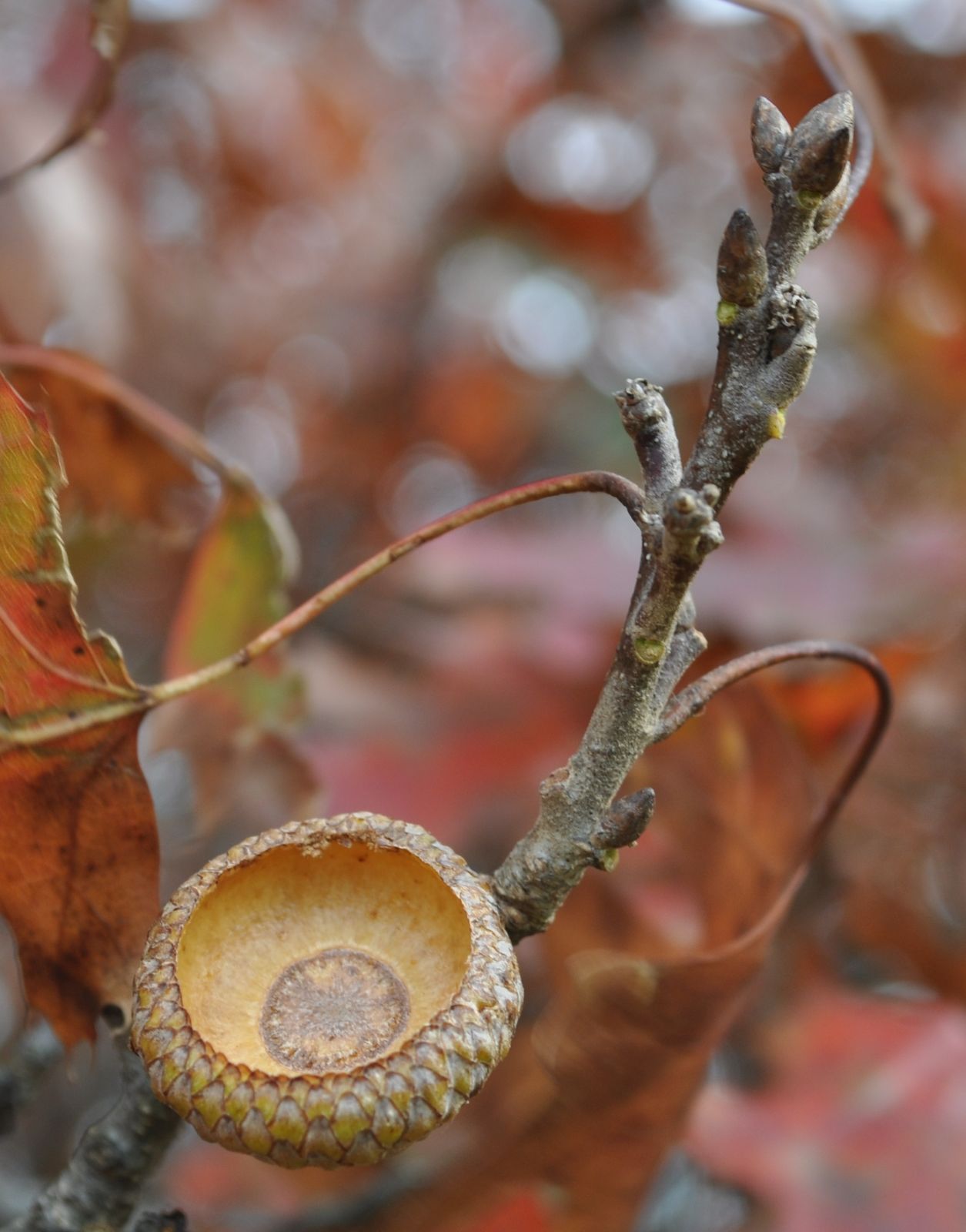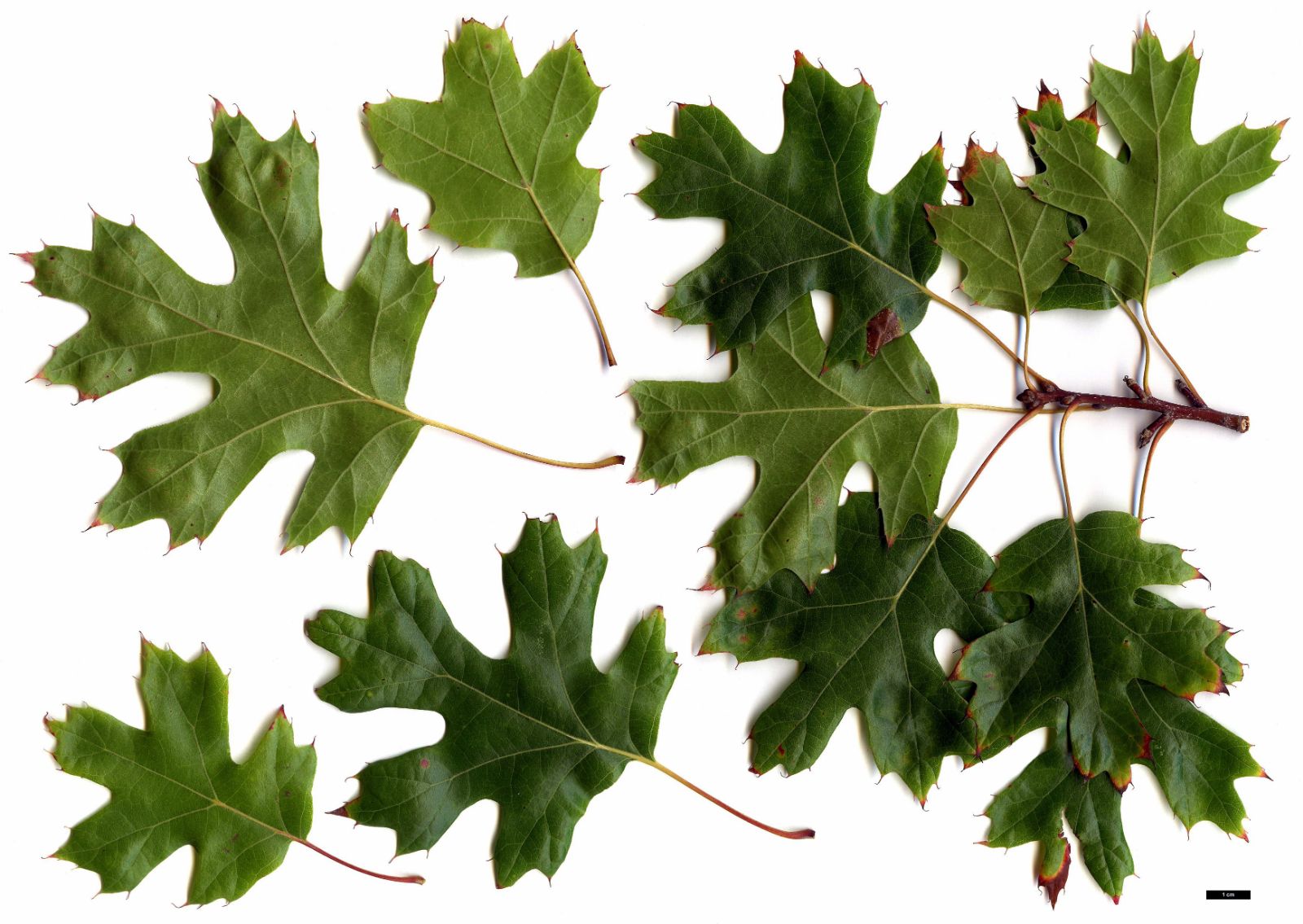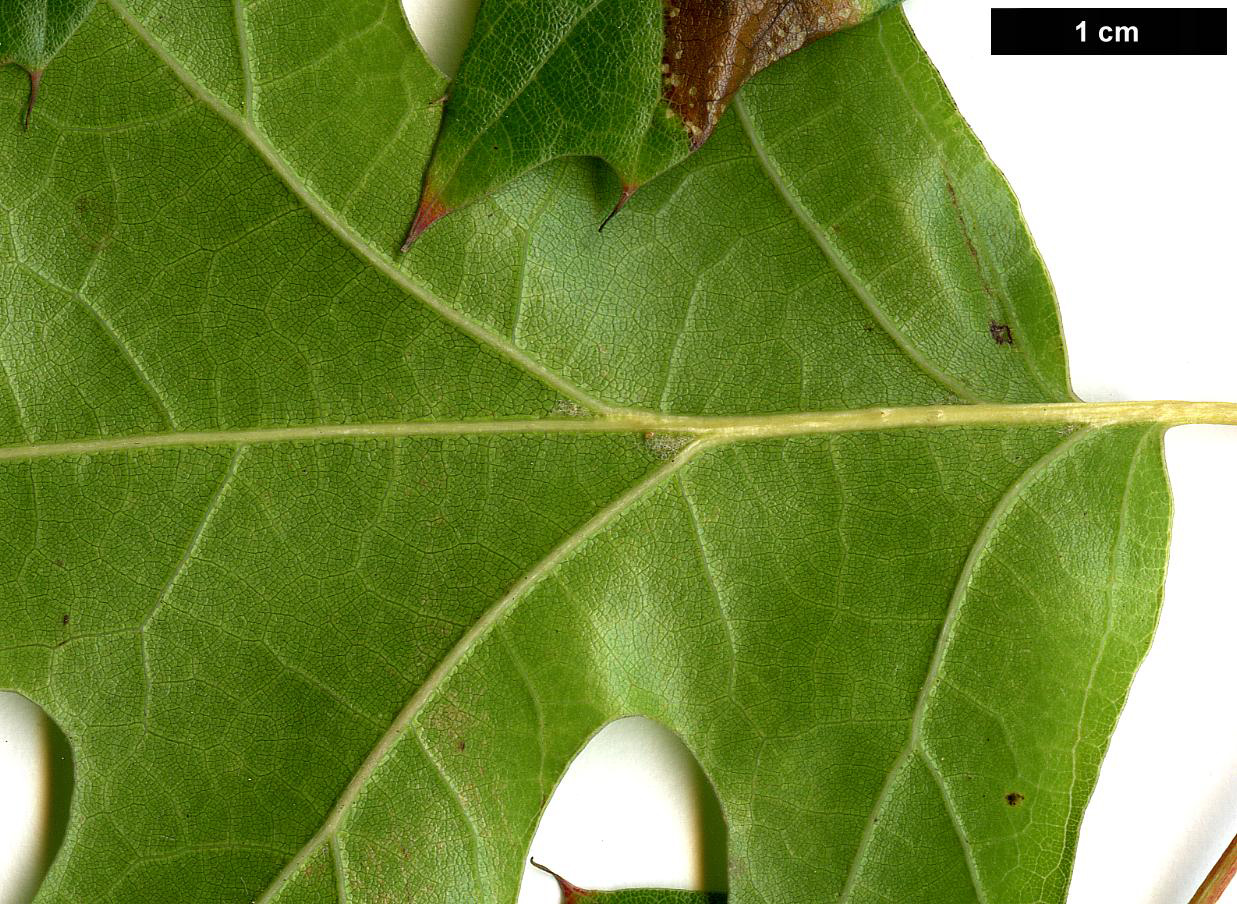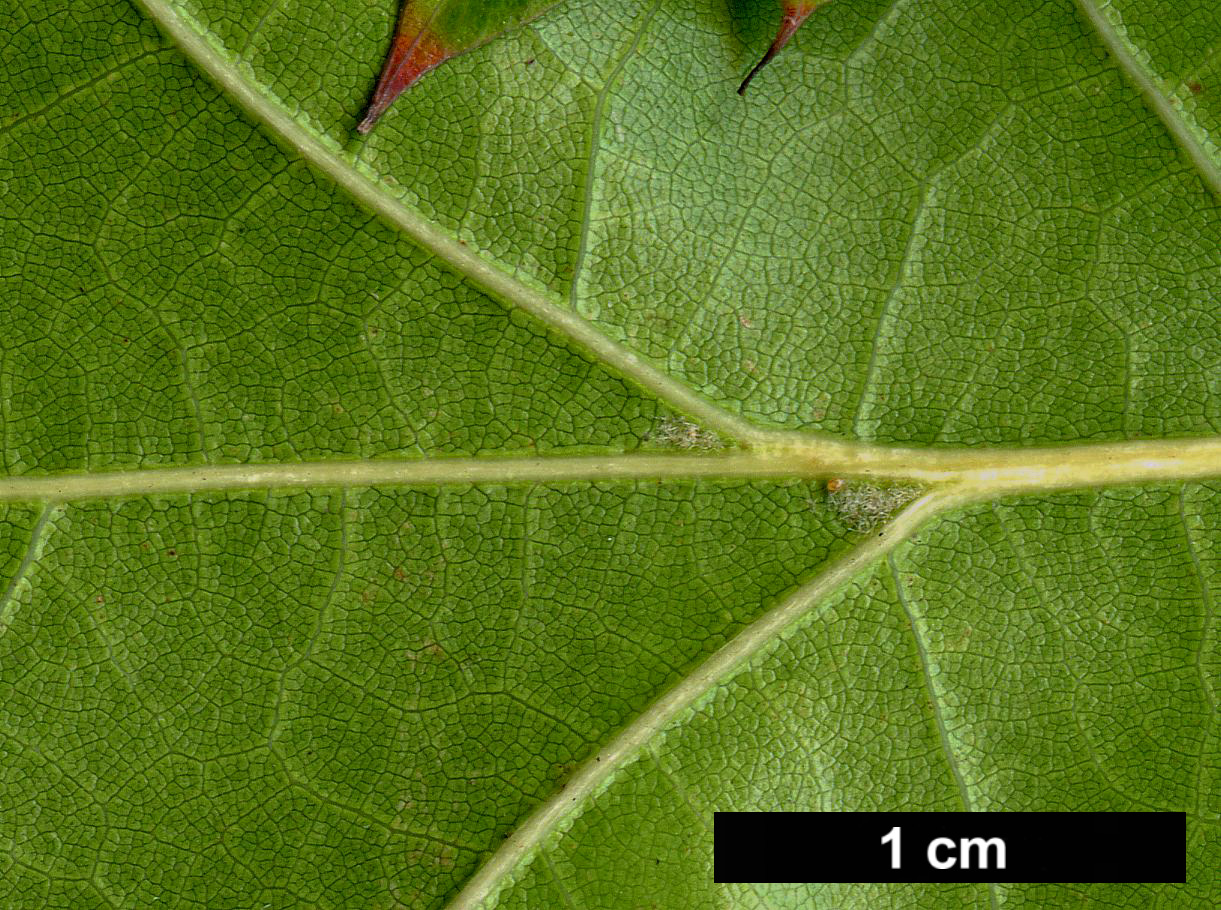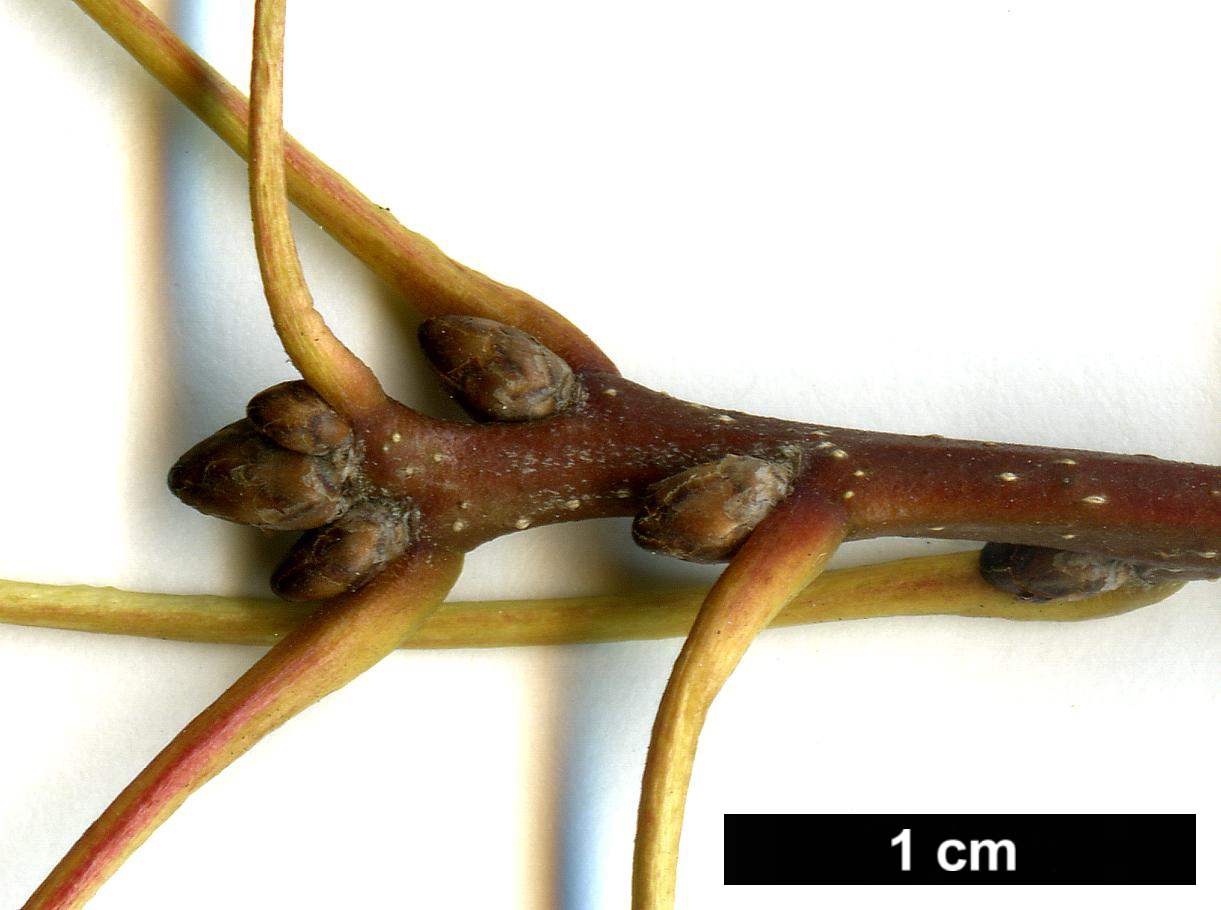Quercus acerifolia
Sponsor
Kindly sponsored by
The Trees and Shrubs Online Oak Consortium
Credits
Article from New Trees by John Grimshaw & Ross Bayton
Recommended citation
'Quercus acerifolia' from the website Trees and Shrubs Online (treesandshrubsonline.
Genus
- Quercus
- Subgen. Quercus, Sect. Lobatae
Common Names
- Maple-leaved Oak
Synonyms
- Q. shumardii Buckley var. acerifolia E.J. Palmer
Other taxa in genus
- Quercus acherdophylla
- Quercus acrodonta
- Quercus acuta
- Quercus acutifolia
- Quercus acutissima
- Quercus afares
- Quercus affinis
- Quercus agrifolia
- Quercus alba
- Quercus aliena
- Quercus alnifolia
- Quercus aquifolioides
- Quercus arizonica
- Quercus arkansana
- Quercus aucheri
- Quercus augustini
- Quercus austrina
- Quercus × auzendei
- Quercus baloot
- Quercus bambusifolia
- Quercus baronii
- Quercus bicolor
- Quercus brantii
- Quercus buckleyi
- Quercus canariensis
- Quercus canbyi
- Quercus candicans
- Quercus castanea
- Quercus castaneifolia
- Quercus cerris
- Quercus chenii
- Quercus chrysolepis
- Quercus coccifera
- Quercus cocciferoides
- Quercus coccinea
- Quercus conspersa
- Quercus crassifolia
- Quercus crassipes
- Quercus delavayi
- Quercus dentata
- Quercus deserticola
- Quercus dolicholepis
- Quercus douglasii
- Quercus dumosa
- Quercus durifolia
- Quercus eduardii
- Quercus ellipsoidalis
- Quercus emoryi
- Quercus engelmannii
- Quercus engleriana
- Quercus euboica
- Quercus eugeniifolia
- Quercus fabri
- Quercus faginea
- Quercus falcata
- Quercus floribunda
- Quercus frainetto
- Quercus franchetii
- Quercus fruticosa
- Quercus fusiformis
- Quercus gambelii
- Quercus garryana
- Quercus geminata
- Quercus georgiana
- Quercus germana
- Quercus gilliana
- Quercus gilva
- Quercus glabrescens
- Quercus glauca
- Quercus graciliformis
- Quercus gravesii
- Quercus griffithii
- Quercus grisea
- Quercus guyavifolia
- Quercus hartwissiana
- Quercus hemisphaerica
- Quercus × hispanica
- Quercus hondae
- Quercus hypargyrea
- Quercus hypoleucoides
- Quercus ilex
- Quercus ilicifolia
- Quercus imbricaria
- Quercus incana
- Quercus infectoria
- Quercus insignis
- Quercus ithaburensis
- Quercus kelloggii
- Quercus × kewensis
- Quercus kiukiangensis
- Quercus laceyi
- Quercus laevis
- Quercus lamellosa
- Quercus lanata
- Quercus lancifolia
- Quercus laurifolia
- Quercus laurina
- Quercus × leana
- Quercus leucotrichophora
- Quercus × libanerris
- Quercus libani
- Quercus lobata
- Quercus lobbii
- Quercus lodicosa
- Quercus longinux
- Quercus longispica
- Quercus look
- Quercus × ludoviciana
- Quercus macranthera
- Quercus macrocalyx
- Quercus macrocarpa
- Quercus macrolepis
- Quercus marilandica
- Quercus mexicana
- Quercus michauxii
- Quercus mongolica
- Quercus monimotricha
- Quercus montana
- Quercus morii
- Quercus muehlenbergii
- Quercus myrsinifolia
- Quercus myrtifolia
- Quercus nigra
- Quercus × numidica
- Quercus oblongifolia
- Quercus obtusata
- Quercus oglethorpensis
- Quercus oxyodon
- Quercus pagoda
- Quercus palmeri
- Quercus palustris
- Quercus pannosa
- Quercus parvula
- Quercus petraea
- Quercus phellos
- Quercus phillyreoides
- Quercus planipocula
- Quercus poilanei
- Quercus polymorpha
- Quercus pontica
- Quercus prinoides
- Quercus pubescens
- Quercus pyrenaica
- Quercus rehderiana
- Quercus reticulata
- Quercus robur
- Quercus rotundifolia
- Quercus rubra
- Quercus rugosa
- Quercus rysophylla
- Quercus sadleriana
- Quercus salicina
- Quercus sartorii
- Quercus × schneideri
- Quercus schottkyana
- Quercus semecarpifolia
- Quercus senescens
- Quercus serrata
- Quercus sessilifolia
- Quercus setulosa
- Quercus shumardii
- Quercus sinuata
- Quercus spinosa
- Quercus stellata
- Quercus stenophylloides
- Quercus suber
- Quercus subspathulata
- Quercus tarokoensis
- Quercus tatakaensis
- Quercus texana
- Quercus tomentella
- Quercus trojana
- Quercus tungmaiensis
- Quercus turbinella
- Quercus × turneri
- Quercus undulata
- Quercus utahensis
- Quercus utilis
- Quercus uxoris
- Quercus variabilis
- Quercus velutina
- Quercus virginiana
- Quercus vulcanica
- Quercus warburgii
- Quercus wislizenii
- Quercus xalapensis
Shrub or tree to 15 m, 0.6 m dbh. Bark dark grey, rather smooth but with dark ridges on lower trunk. Crown rounded. Branchlets greyish or reddish brown and glabrous or sparsely pubescent. Leaves deciduous, 7–14 × (6–)10–15(–18) cm, oblate to broadly elliptic (in outline), upper surface glabrous, lower surface glabrous or with prominent tufts of hair in the vein axils, three to six secondary veins on each side of the midrib, raised on both surfaces, margins with five to seven (to nine) ovate to oblong lobes, the lobes typically expanding distally and terminating in bristles (11–48 per leaf), apex acute; petiole 2–4.5 cm long and glabrous. Cupule saucer- or cup-shaped, 1–2 × 0.4–0.7 cm, outer surface glabrous, inner surface pale reddish brown and glabrous or with a ring of pubescence around the scar; scales obtuse or acute, tightly appressed and with pale margins. Acorn ovoid to oblong, with one-quarter to one-third enclosed in the cupule, 1.5–2 cm long, pubescent or glabrous. Flowering spring, fruiting November (USA). Nixon 1997, Hess & Stoynoff 1998. Distribution USA: Arkansas (Magazine Mt., Porter Mt., Pryor Mt., Sugar loaf Mt.). Habitat Dry glades, slopes and ridge tops between 500 and 800 m asl. USDA Hardiness Zone 5. Conservation status Endangered, due to habitat loss and poor regeneration. Illustration NT700.
Closely related to Quercus shumardii, this species is little known in Europe but in the United States is regarded as being a useful medium-sized tree (Sternberg 2004), with good red autumn colour. The finest specimen in cultivation is generally accepted to be one at the Morton Arboretum, planted in 1950, which has formed a nicely rounded crown from heavy basal limbs. It is approximately 10 m tall, 39 cm dbh. A specimen at the Arnold Arboretum is of similar height but badly shaded (E. Hsu, pers. comm. 2006). Quercus acerifolia should thrive wherever other red oaks prosper. In the United Kingdom there are trees at the Sir Harold Hillier Gardens (planted in 1989), 5.1 m tall, 12 cm dbh in December 2006, and at Chevithorne Barton. The name is derived from the resemblance of the foliage, with its enlarged central pair of lobes and shortened apical portion, to the leaves of the Sugar Maple Acer saccharum.

